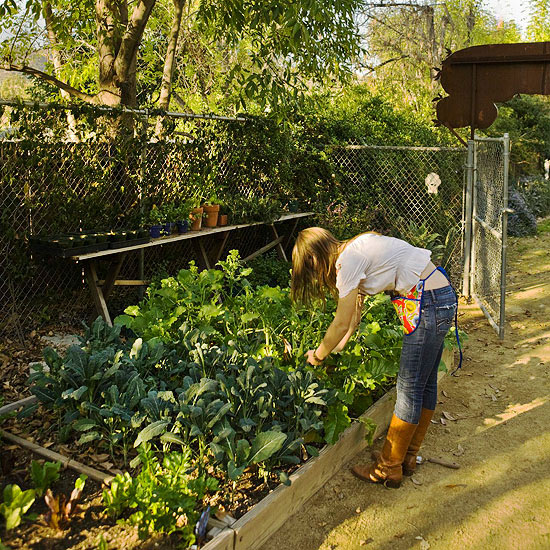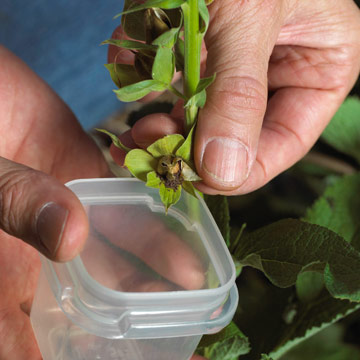






Tap into and preserve our agricultural heritage by gathering and saving seeds from our heirloom plants. Here are a few tips to help you get started:
Begin slowly and simply.
Test the waters with beans or another easy-to-grow crop.
Branch out from there.
Wait until your group has acquired some skills before tackling challenging crops such as wheat and other grains.
Find a focus.
Select themes that your group can hone in on. You might go with regional varieties, seeds with historic roots, short-season vegetables, heat-tolerant vegetables, or herbs, for example.
Grow open-pollinated varieties.
Hybrids generally do not grow true, while open-pollinated plants show the same characteristics as their parents.
If you're gathering seeds, you can also plan for plants to add in autumn; use our helpful guide.
continue reading below
Learn isolation distances.
Certain plants, such as tomatoes, cross-pollinate if they are grown too closely together. To be sure that these seeds grow true, keep them away from close kind or grow plants that flower at different times.
Spread the wealth.
If you want to save many different types of tomatoes but have scant space, send some out to good homes. Be sure to ask for a promise of produce when harvest comes around.
Save some seed.
When a variety is under your protection, be sure to keep some seeds in storage as insurance against crop failure.
Pass it along.
Another layer of crop insurance is to list your seeds with a group such as the Seed Savers Exchange. All you need are 100 seeds of one variety to get started.
Copyright © www.100flowers.win Botanic Garden All Rights Reserved